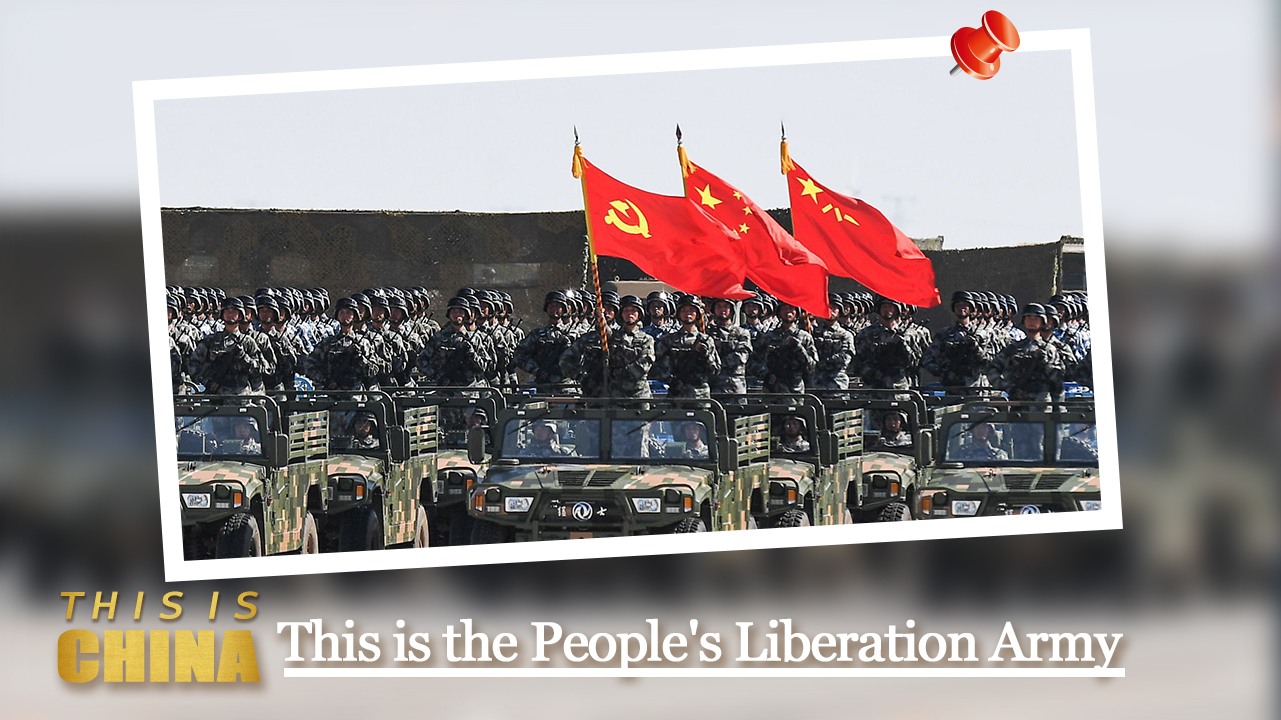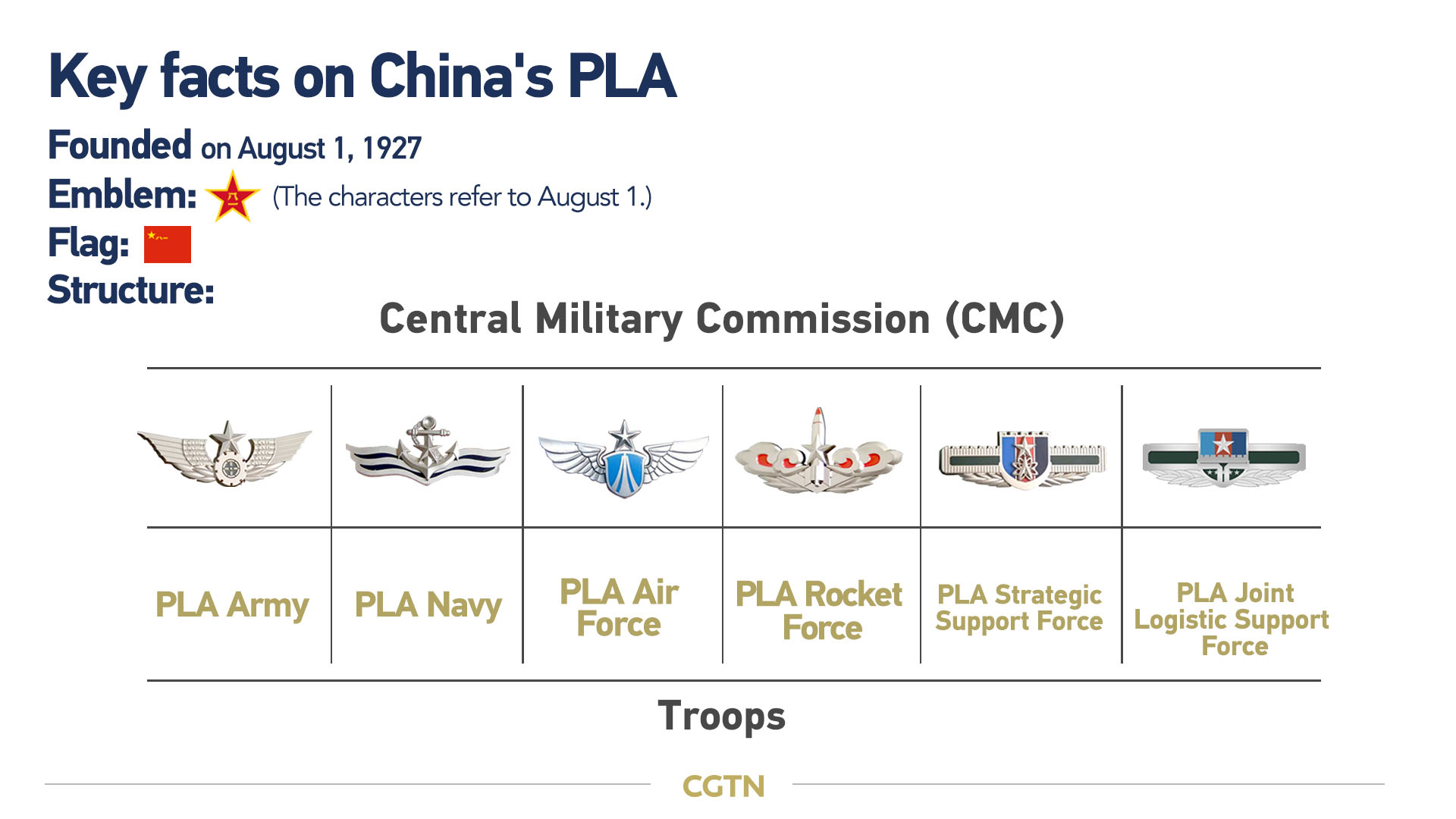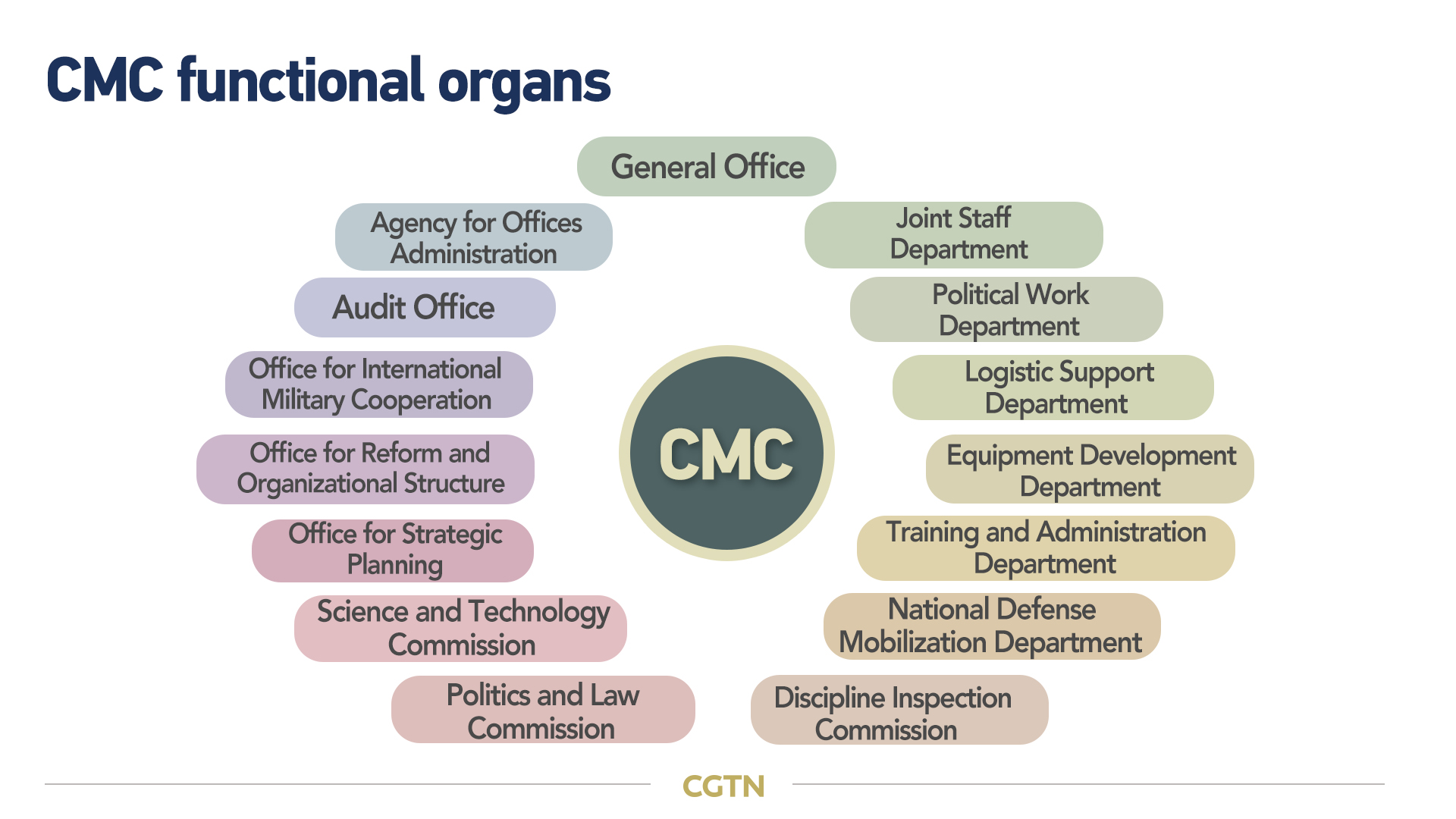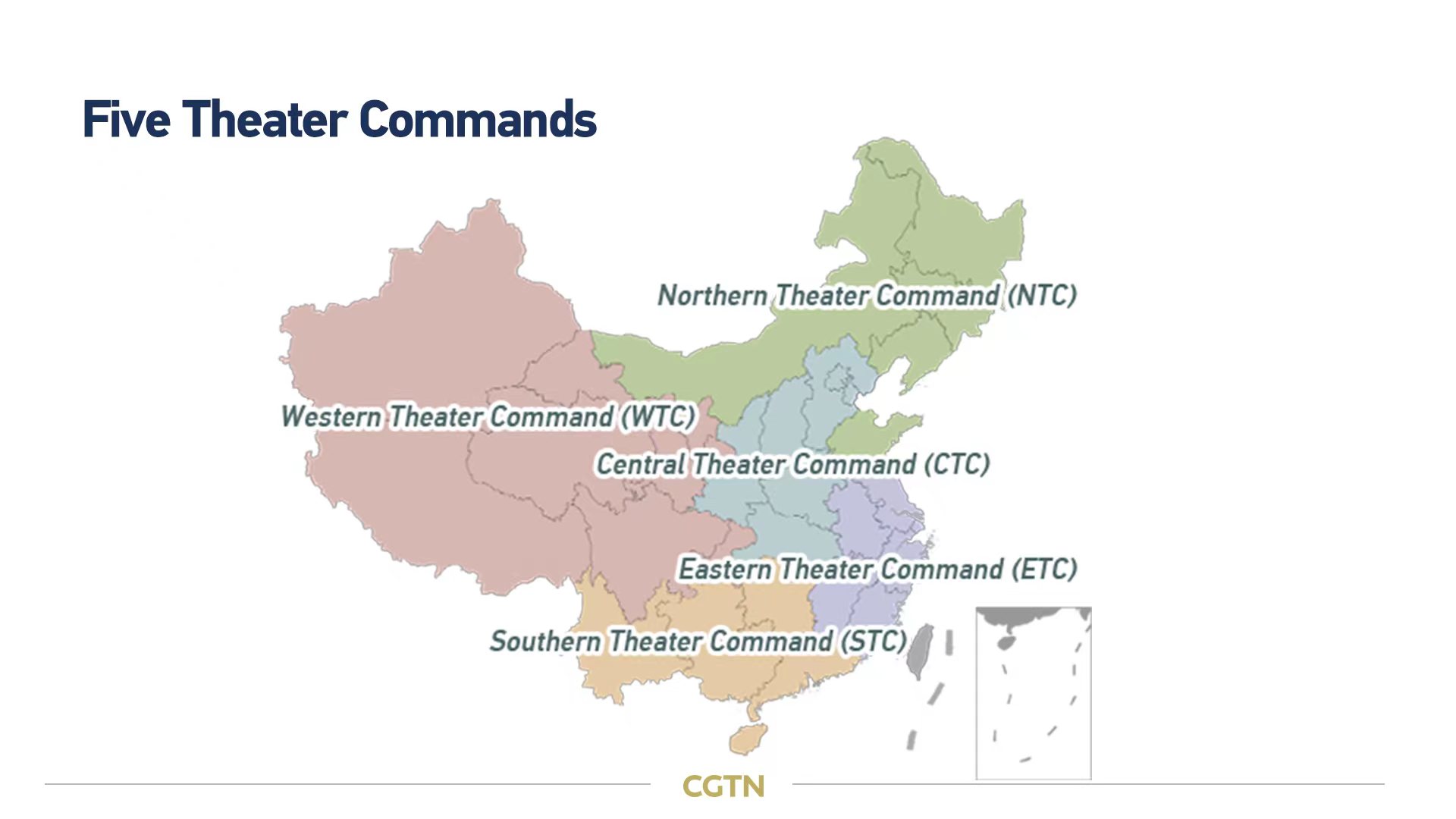02:31

The People's Liberation Army, the PLA, marks its 95th anniversary this year.
But, what exactly is the PLA? Here's the backstory.
Nighty-five years ago, in 1927, the forerunner to the PLA was founded by the Communist Party of China (CPC), amid a reign of "white terror" unleashed by the Kuomintang, in which thousands of communists and their sympathizers were killed.
Originally called the "Chinese Workers' and Peasants' Red Army," it has played a key role in charting the country's development.

The flag of the Chinese Workers' and Peasants' Red Army in 1927. /Xinhua
The flag of the Chinese Workers' and Peasants' Red Army in 1927. /Xinhua
In September 1931, Japan invaded northeastern China and on July 7, 1937, it launched a full-scale invasion.
From October 1934 to October 1936, the Red Army trekked 12,500 km across the country, breaking the siege of the Kuomintang forces, and continued to fight the Japanese aggressors.
During the anti-Japanese war, under the command of the Party, the Eighth Route Army, the New Fourth Army and other anti-Japanese armed forces penetrated deep behind enemy lines to mobilize the masses, working men and women in particular, to launch guerrilla warfare.
China's resistance against Japanese aggression was one of the most heroic chapters of the World Anti-Fascist War.
During China's War of Liberation, from 1945 to 1949, few people anticipated that the PLA, with their "xiaomi jia buqiang" – "millet and rifle" – would finally defeat the far superior U.S.-equipped Kuomintang troops within a few years.
The sweeping victory led to the founding of the People's Republic of China (PRC) in October 1949, marked by the late Chinese leader Mao Zedong's famous speech from the rostrums of Tiananmen – "the Chinese people have stood up."
After the founding of the PRC, the PLA undertook the tasks of national defense, socialist revolution and construction, and at the same time sought to make the army more revolutionary, modernized and regularized.
When Mao Zedong, one of the founders of the PLA, reviewed the first military parade of the Chinese army in 1949, 95 percent of the weapons on display were captured in battle, and 17 fighter jets were all that the newly-established PLA air force had to boast of.
Nowadays, the army has evolved from a "millet plus rifles" single-service force into a modern organization with sophisticated equipment and technologies.



In recent years, with better equipment and improved efficiency, the PLA has become more streamlined.
Following a downsizing of one million soldiers in the 1980s, its overall size was reduced by another half a million personnel between 1997 and 2000. And from 2003-2005, the army was further reduced by 200,000 troops, bringing the total PLA strength today to around 2.3 million.
Alongside the modernization drive, the profile of recruits has also changed.
The goal of the modernization of China's national defense capabilities is simple: to be more efficient in the country's self-defense.
A country's defense expenditure is determined by various factors, including the demands of national defense, the size of its economy and its defense policy.
China's defense budget will increase by 7.1 percent to 1.45 trillion yuan (about $229 billion) this year, maintaining single-digit growth for the seventh consecutive year, according to a report on the draft central and local budgets for 2022 submitted to the national legislature.
China pursues a national defense policy that is purely defensive in nature. Government spokespeople and official documents have stressed on multiple occasions that no matter how much defense expenditure is invested or how modernized its armed forces are, China will never seek hegemony, expansion or sphere of influence.
The undertakings of the new era
Today, the PLA protects China and its people while making significant contributions to safeguarding world peace.
China has a land border of more than 22,000 km and a coastline of over 18,000 km, and surpasses most other countries in its number of neighboring countries, the length of its land border and the complexity of its maritime security.
Committed to peaceful development, China has also acted to safeguard world peace and stability. It is the second largest contributor to both peacekeeping assessment and UN membership fees, and the largest troop-contributing country among the permanent members of the UN Security Council.
Safeguarding the country's territorial sovereignty, maritime rights and interests, and national unity have been daunting tasks for the PLA.
The country's armed forces also maintain combat readiness, carry out military training in real combat conditions, safeguard interests in major security fields, counter terrorism, protect China's overseas interests and participate in disaster rescue and relief, according to a white paper titled "China's National Defense in the New Era" released in July 2019.
Script writer: Duan Fengyuan
Data editor: Zhao Hong
Video editor: Zhang Rongyi
Graphics & Cover: Jia Jieqiong, Zhu Shangfan
Chief editor: Wang Dewei
Supervisor: Liu Yuqi

